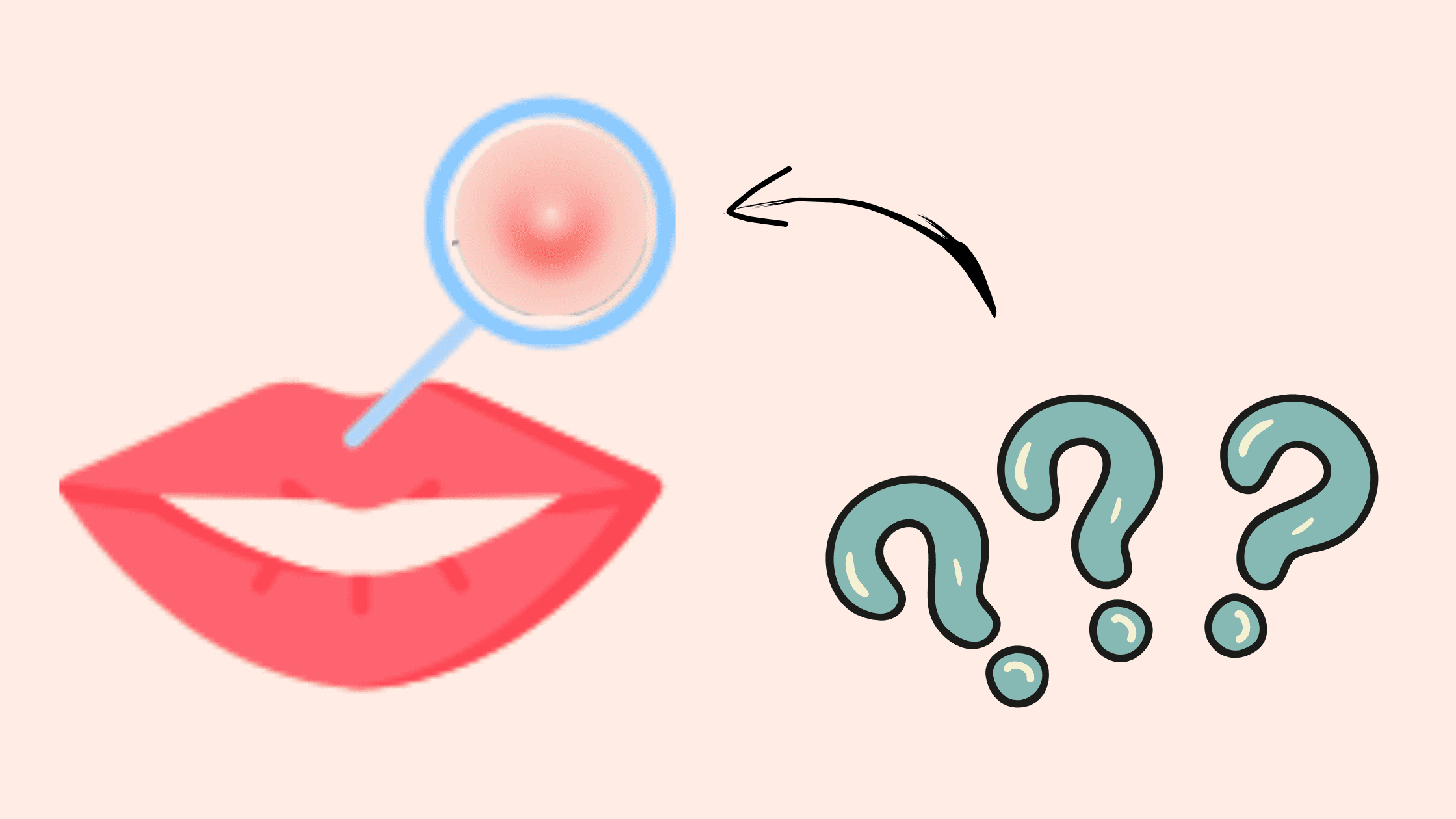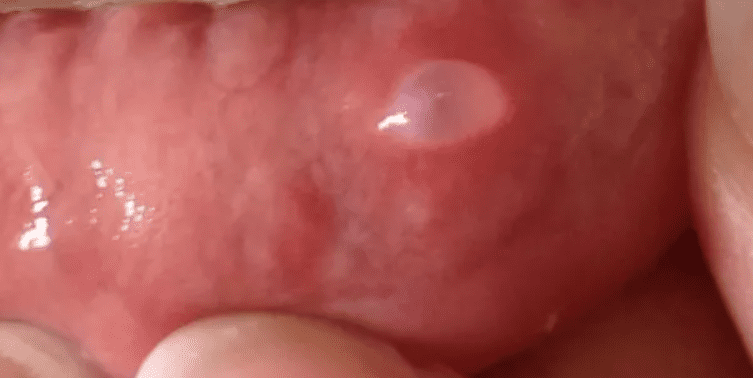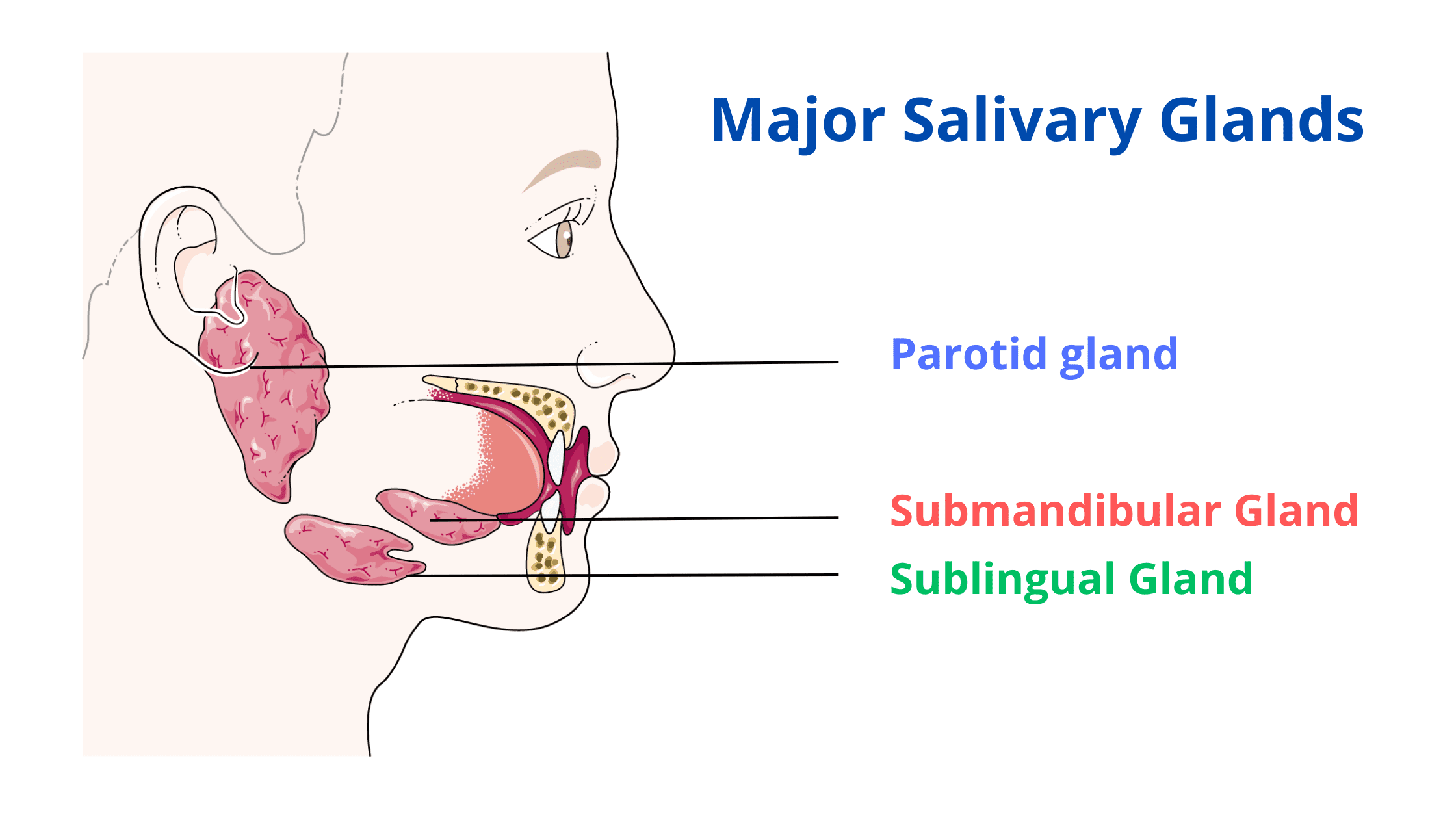Understanding Oral Mucocele: What You Need to Know
 Curious about this lump or growth inside your mouth? It may be mucocele, a common cyst of the mouth.
Curious about this lump or growth inside your mouth? It may be mucocele, a common cyst of the mouth.
But before you start self-diagnosing, it's crucial to rule out other conditions that can show up as swelling or blisters, like oral fibromas, viral infections, or autoimmune diseases.
In this article, we'll discuss what exactly oral mucocele is, explore its main characteristics, pinpoint the sites within the mouth most affected, and shed light on when treatment is necessary.
In this article:
1. What is Oral Mucocele
2. What Causes Mucocele
3. Where Mucoceles Appear
4. Symptoms of Mucocele
5. Is Mucocele Something to Worry About
6. When Does Mucocele Require Treatment
What is Oral Mucocele
Cysts are like little pockets or growths filled with a liquid substance that can appear in any body part.In your mouth, there's a common cyst called a mucocele, also known as a mucous cyst. It's named after mucus, the jelly-like substance produced by your salivary glands. When something injures a salivary gland, it can trap mucus inside the tissue, causing a transparent blister or swelling.

Mucoceles can pop up anywhere in your mouth, like inside your cheeks, lips, roof, or tongue. They're quite common and can happen to anyone, regardless of their age or health.
Quick Facts about Mucocele
- Mucoceles occur in about 2.4 cases per 1,000 people. (1)
- Around 70% of cases happen in young people between 3 and 20 years old. (1)
- The lower lip is the most vulnerable spot, making up 60-70% of cases. (2)
What Causes Mucocele
There are two main types of mucous cysts: Retention and Extravasation.Extravasation cysts are more common in kids and young adults. They happen when you injure a salivary gland duct that releases saliva into your mouth. The result? Saliva gets released inside your tissues, causing swelling. Factors like accidentally biting your mouth, ill-fitting dentures or crowns, sharp tooth edges, braces, or piercings can trigger this.
On the other hand, retention cysts aren't due to damage but obstruction. Things like scar tissue after oral surgery, buildup of calcium deposits, or tumors can block the duct, increasing the pressure within the gland. Retention cysts often affect older adults.
Where Mucoceles Appear
Mucoceles can appear in any part of your mouth because there are salivary glands everywhere. However, the lower lip is the preferred target because it's more exposed to potential biting accidents.Now, you've got two types of salivary glands: Major and Minor.

The major ones are larger and produce most of your saliva (92% to 95%), but they're less likely to get mucoceles.
The minor ones are smaller and numerous, ranging from 600 to 1000, spread all over the mouth. They are more prone to these cysts.
Symptoms of Mucocele
Mucoceles can look and feel different depending on their cause and depth. Here's what you might notice:- Mucoceles are typically painless, appearing as painless bubble-like growths.
- They have clear boundaries and can grow quickly, but often, they vanish on their own in a few days.
- Sizes vary from a few millimeters to a few centimeters.
- Shallow ones are soft, bluish, and see-through, while deeper ones are firmer and look like surrounding tissue.
- They tend to come back, especially if the root cause isn't addressed.
Is Mucocele Something to Worry About
The good news is that mucoceles are harmless and won't threaten your health. They might cause slight discomfort if they get large, but that's about it.However, if one persists for months, keeps coming back, or comes with other issues like bleeding or pain, it's time to see a healthcare professional.
Sometimes, other serious conditions, like oral cancer, can mimic mucocele symptoms. In such cases, a biopsy and microscopic examination may be necessary to determine the nature of the lesion.
Remember, early detection can be a lifesaver when it comes to oral malignancies.
When Does Mucocele Require Treatment
Most of the time, mucoceles heal on their own within a few days or weeks without any special treatment. But if it keeps coming back or becomes bothersome, affecting your eating, speaking, or smiling, it's time to consider treatment.Treatment typically involves surgical removal of the cyst, which can be done using techniques like cryotherapy, laser treatment, or traditional surgical excision.
In some cases, the surgeon may recommend removing the associated minor salivary gland to prevent recurrence. Your dentist or oral surgeon will guide you through the best approach for your situation.
